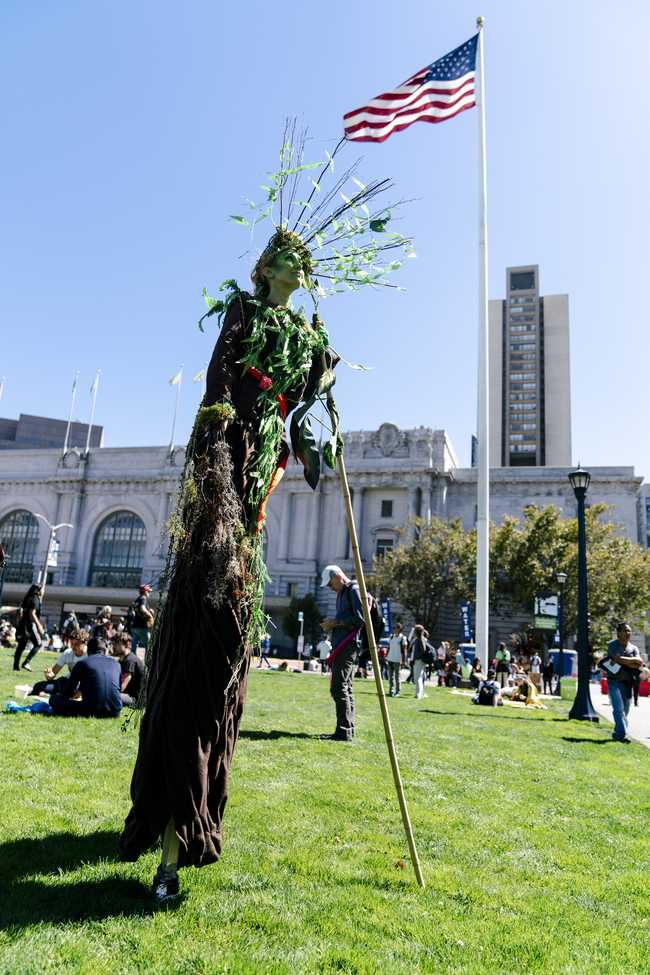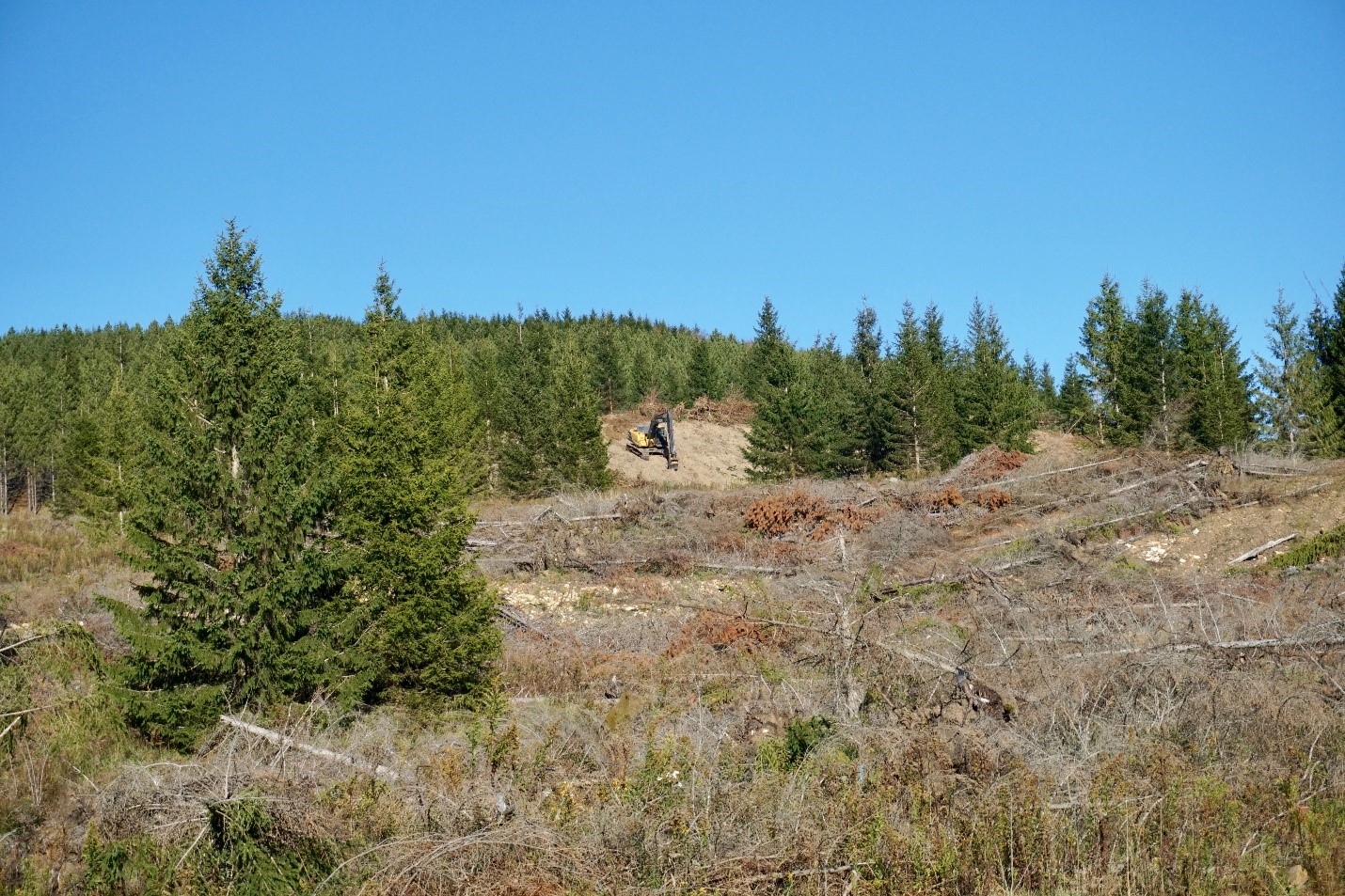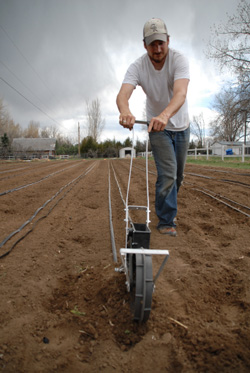
Unlocking the power of nature to fight climate change isn’t as hard as you think. From small, local farms in Colorado to vast expanses of grasslands in California, natural climate solutions can help us combat climate change by reducing emissions, removing carbon from the atmosphere, and storing it in natural and working lands.
Unlocking the power of nature to fight climate change isn’t as hard as you think. From small, local farms in Colorado to vast expanses of grasslands in California, natural climate solutions can help us combat climate change by reducing emissions, removing carbon from the atmosphere, and storing it in natural and working lands. The science is clear – natural climate solutions work. And as always, we learn by doing.
Grassland Carbon
In a year when California has seen its largest fire in recent history a timely study shows that the States’ grasslands are a stable carbon sink in an unstable future. No one would ever discount the power of trees to suck carbon from the atmosphere and lock it away for generations, but one catastrophic fire can instantaneously release years of sequestered carbon. Since 2010 the US Forest Service estimates that 130 million trees have died in California from fire, drought, and the bark beetle. However, unlike forests, most of grassland’s stored carbon is below ground. And unlike forests, grasslands are less susceptible to fire and drought – two things that are likely to increase due to climate change.
This is good news for California’s emerging carbon markets, but how do we keep the grassland carbon engine running when over half of the state’s total land area is used as pasture or range land. The answer is natural climate solutions. Rotational grazing and planting cover crops are two land management practices currently being employed in the Skyelark Ranch outside Edgewood, California that seek to reduce climate change by improving the lands’ ability to capture carbon or preventing the release of stored carbon. It is estimated that the State’s 63 million acres of range land could potentially sequester 27 million tons of carbon dioxide. That’s the same as removing 6 million cars a year from our nation’s roadways. Grazing practices like the ones at the Skyelark Ranch are the solutions we need to fight climate change.
Forest Carbon
Nearly 300 plants and animals call it home. John Denver called it “almost heaven”. The Monongahela National Forest in West Virginia is one of the most ecologically diverse areas in the United States. Ravaged by destructive timber extraction in the early part of last century, the roughly 1 million acre national forest is a model of national and local cooperation where natural climate solutions are fighting climate change while bringing back the rich biological diversity and local economies.
A coalition of federal, state, private and NGOs like World Resources Institute and The Nature Conservancy are working together to bring back the historic Red Spruce. By removing non-native tree species and restoring former strip mines, these iconic West Virginian landscapes will remove the equivalent of 5.2 million cars from their highways and byways. That’s more than eight times the number of cars in the entire State.
Reforestation is the pre-eminent natural climate solution for fighting climate change. As forests grow they pull tremendous amounts of carbon out of the air and lock it away in their branches, trunks, and soil. Reforestation projects like the one in the Monongahela National Forest demonstrate the power of nature to provide the solution we need maintain a healthy planet for future generations.
Soil Carbon
When people in Boulder County Colorado heard about California’s Marin Carbon Project they said, “why not here”? Jumping into action, county and city officials commissioned a study to look at the feasibility of bringing large scale “carbon farming” to their backyard. Employing such natural climate solutions as nutrient management, cover crops, and windbreaks, carbon farming enhances the soil’s ability to take carbon from the atmosphere and hold on to it without impacting crop yields.
Boulder County’s Open Space agriculture lands hold nearly 400,000 tons of carbon. If that carbon was lost to the atmosphere it would be the equivalent of adding 312,000 cars to our nation’s roads – that’s a lot of cars for one of the smallest counties in the State.
The county is examining a variety of natural climate solutions its farmers and ranchers can use to fight climate change. To their surprise they found that quite a few farmers are already using some of these carbon farming techniques. Places like Ollin Farms, just a 20-minute drive from the City of Boulder, will be critical as county officials begin educating others about the carbon farming benefits of increased harvests and lower fertilizer costs. For years, Mark Guttridge of Ollin Farms has reaped the benefits of working with nature. This type of regenerative agriculture maintains healthy soils that will continue to store carbon from year to year – keeping it in the soil and not in the air.


